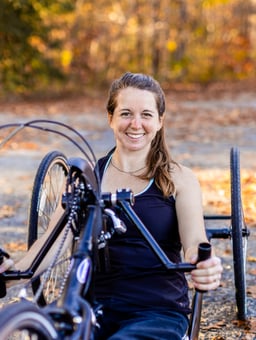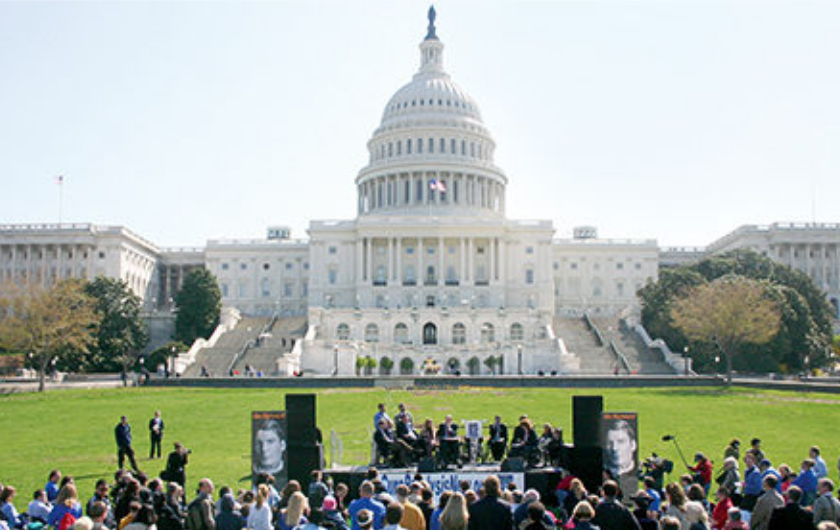A few weeks ago, I told my husband, “I think I’m getting too old to do things.” This was after my (comparably, very relaxing) day of work and an evening event that lasted until only 9 PM. As soon as we got home from the event, I transferred onto our living room recliner and didn’t move until time for bed a few hours later. And even then, I contemplated sleeping on the chair, so I wouldn’t have to move.
I’m kidding about the last part, but only kind of. Also, I’m only 31 years old – nowhere near being too old for anything. Here we come to my point of listening to your body and building rest into your day. 
Rest looks different for everyone; my husband rests by going fully to sleep in the middle of the day and I rest by sitting on that same recliner and reading a book. This is active vs. passive rest, and they’re both important to add to your days. What kind you engage in is your preference because they can both be valid.
Some ideas for active rest:
1. Causal exercise. This seems almost counterintuitive, so I’ll emphasize the casual part. I’m in the middle of training to handcycle a marathon, so, between the days of my 13–26-mile rides, I’ll roll around my neighborhood or go for much shorter rides. Nothing strenuous, only casual. This can also look like a jog around the block, yoga, a few laps in the pool, or any kind of light aerobic exercise. The purpose of keeping you moving is to support blood flow and supply your body with important nutrients in the healing process, so it won’t take that much to achieve the goal.
2. Stimulate a different muscle: your brain. There are some (many) between-training days I don’t want to move: my muscles are sore, the weather isn’t cooperating, or I’m just having a lazy day. On those days, I read a book, listen to podcasts, or draw cartoons. This type of active rest is beneficial because you’re stimulating your brain, which means you’re being productive. Instead of just lying around, you can find a way to turn resting into something you enjoy.

